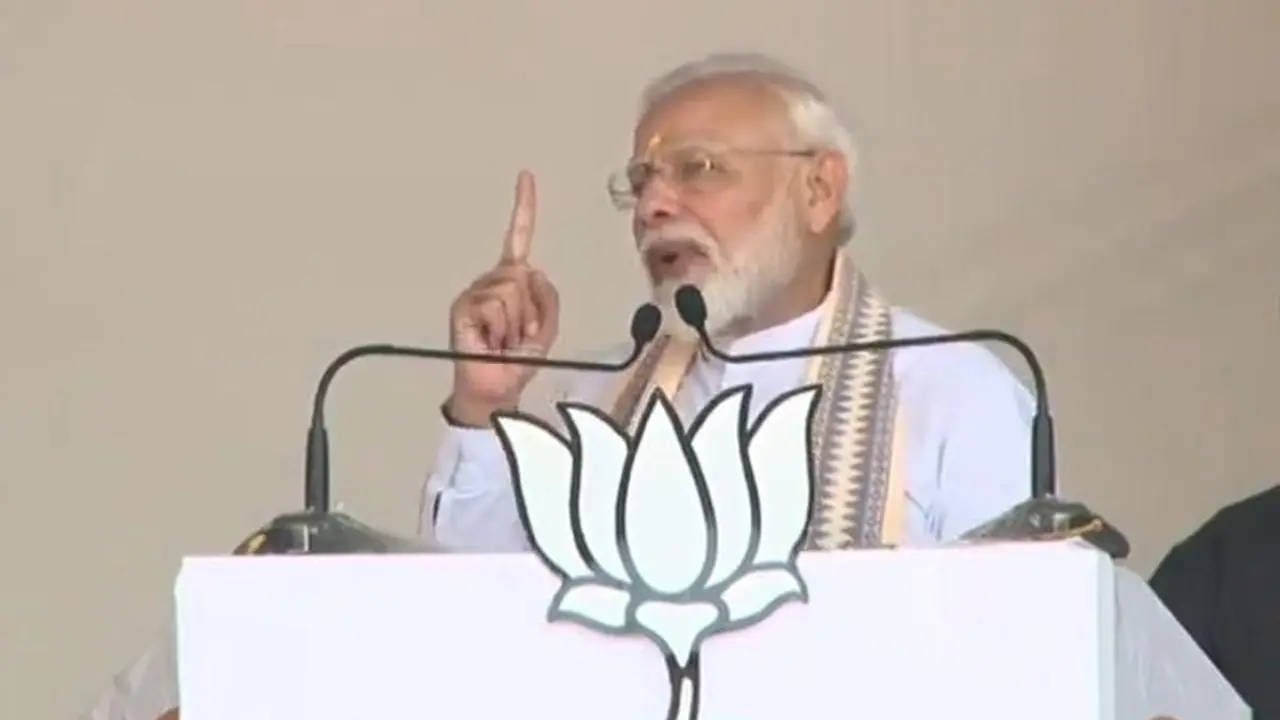To mitigate the flow of unused water from its share of river water usage as enshrined in the Indus Waters Treaty, India is planning to build dams in Uttarakhand and divert it to the households of Haryana and Rajasthan
Bengaluru: In one of his election rallies in Haryana, Prime Minister Narendra Modi warned Pakistan that he would stop the flow of river Sindhu to it and divert it to the households of Haryana and Rajasthan.
He said, “The water which belongs to India was allowed to flow to Pakistan for 70 years...this will not happen now. We will divert the water which belongs to India, it will be given to the farmers of Haryana, water should be given to the farmers of Rajasthan."
Obviously, the PM was referring to the Indus Waters Treaty.
The treaty refers to the effective usage of waters from the Indus system of rivers.
The treaty was enacted in September 1960 and brokered by the World Bank. It lays down rules for how the water of the river Indus and its tributaries that flow in both the countries are used.
So what are the rives that from the Indus system of rivers?
They are the Indus, the Jhelum and Chenab (West-flowing rivers) the Sutlej, the Beas and the Ravi (East-flowing rivers).
But, sadly, some waters of Sutlej, Beas and Ravi also flow to Pakistan as India has failed to utilise these waters completely.
So Indian government is in the process of planning extensively to utilise these waters. One such is to build three dams in Uttarakhand.
Nitin Gadkari, the minister concerned once said, “Water thus saved would be brought to Haryana through Yamuna to overcome shortage and feed the parched lands in the state.”
In simple words, Pakistan uses 80% of the river waters while India uses 20%
It might be recalled that in the year 2003, the J&K assembly passed a resolution for the invalidation of the treaty as it felt the treaty didn’t honour the rights of its citizens.
